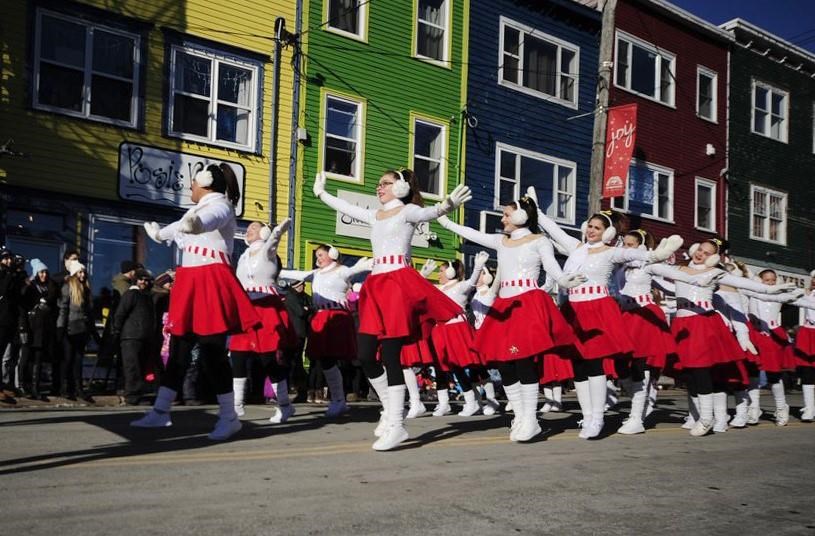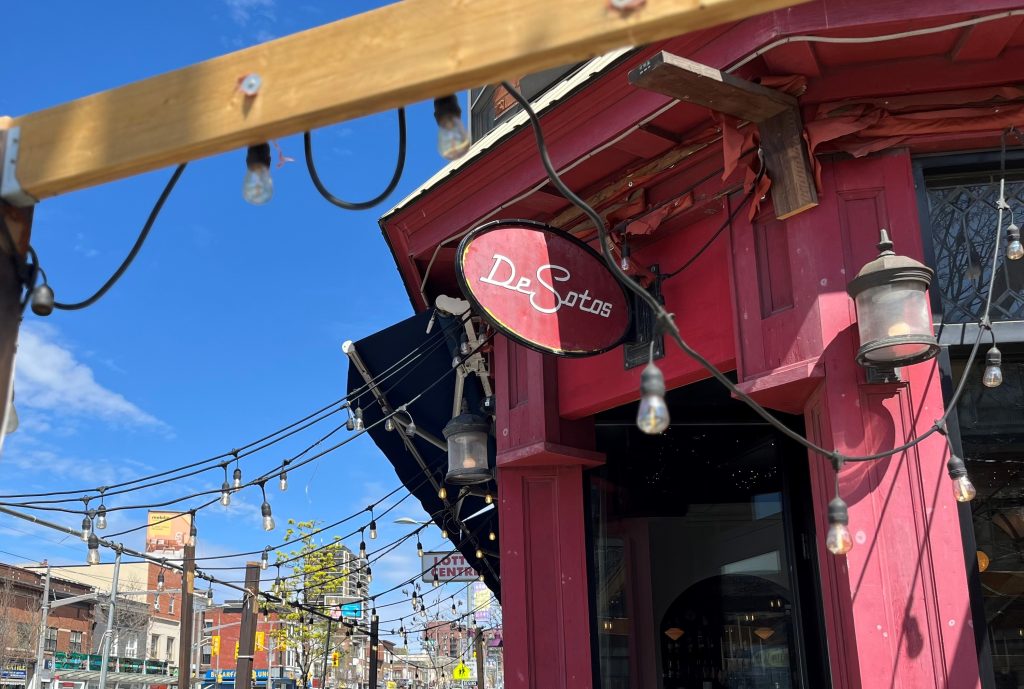St. John’s the latest city to offer sensory-friendly space at Christmas parade

Posted November 23, 2019 7:00 am.
ST. JOHN’S, N.L. — The holiday season brings flashing lights and blasting Christmas carols to public spaces and shopping malls across Canada, making it a challenge for people with sensory disorders to get into the holiday spirit.
In response, a number of Canadian towns are adapting holiday parades and shopping spaces so people with autism spectrum disorder and other sensitivities can participate.
In St. John’s, N.L., a section of Water Street will be designated as a “sensory-friendly zone” at this Sunday’s Christmas parade. Participants have been asked to lower music levels and turn off flashing lights and sirens, while bands have been asked not to play their instruments.
“We heard other parades were doing this, so it was kind of on our radar as ‘Geez, maybe this is a thing,'” said Gaylynne Gulliver with the Downtown St. John’s Business Commission. “We could take this one little area where people can be quiet as they go by, and see how it goes.”
With tall buildings that reverberate sound and an average attendance numbering in the thousands, Gulliver said logistics were daunting at first, but the organization collaborated with the Autism Society of Newfoundland and Labrador to plan ahead.
Volunteers will be on-site checking in with spectators and taking feedback for next year.
Sarah White with the provincial Autism Society said sensory overload and unexpected changes in routine can make the holiday season especially challenging for people with autism spectrum disorder.
She said this year will be an exciting first for families who have avoided the Christmas parade in the past because of a child’s sensitivity to sudden noises, bright lights or intense scents.
“For some of our participants, they want to go to the parade, they may have tried to go to the parade many times and have had to take a step back because they’ve gotten overwhelmed,” White said.
“If they want to make this a part of their Christmas tradition, they now have the ability to do so.”
Communities in other parts of Canada, including Quispamsis, N.B., and Sault Ste. Marie, Ont., have also advertised sensory-friendly zones at local Christmas parades.
Dominique Payment with Autism Canada said the organization is aware of similar efforts to make community holiday events more inclusive, especially in smaller towns.
“We’re seeing it more and more,” Payment said, noting that St. John’s could set a trend for larger city centres. “It would set a great example across the nation.”
Payment, who lives in Cornwall, Ont., said her 14-year-old son Kalem brings noise-cancelling headphones to the Santa Claus parade, where he enjoys seeing friends and other community members waving as they pass. The family plans their attendance to avoid the fire trucks, a source of stress for Kalem because of the association with sirens and fire drills.
Payment’s other son, seven-year-old Sammy, has another form of autism spectrum disorder and is often overexcited by the floats. Balancing the distinct needs of two kids on the autism spectrum, Payment said a sensory-friendly zone would improve her family’s experience.
“I’d love to see it happen in our area,” she said. “A sensory-friendly parade would probably make things a little easier.”
White, with Newfoundland and Labrador’s Autism Society, said the changes are part of a larger trend towards sensory-friendly spaces that have benefits for many Canadians, including those with anxiety or post-traumatic stress disorder.
Shopping malls across the country have begun offering “sensory-friendly Santa” time, so kids overwhelmed by busy shopping centres and long lines can spend time with a mall Santa who’s been trained to meet their needs. Sobeys grocery stores in several provinces have introduced sensory-friendly shopping hours.
A report published last year by the Public Health Agency of Canada estimated one in every 66 Canadian children and youth between the ages of five and 17 has autism spectrum disorder.
The data revealed Newfoundland and Labrador had the highest prevalence among the six provinces and one territory from which the data was drawn, with one in every 57 children diagnosed.
That may be one reason why communities in the province have been early adopters of sensory-friendly Christmas parades, including Clarenville, Grand Falls-Windsor, Corner Brook and Stephenville.
Port aux Basques, N.L., developed a sensory-friendly section of its Christmas parade in 2015.
Special education teacher Joan Chaisson co-founded a local support group in 2012 that’s increased accommodation of autistic people’s needs, earning Port aux Basque’s reputation as “the most autism-friendly town in Canada,” according to Today’s Parent magazine.
Chaisson said the town’s openness to adopting autism-friendly programming has made the children she works with feel pride about their conditions, and helped other kids understand their peers’ special needs.
She said the number of people watching from the Christmas parade’s sensory-friendly zone increases every year.
“Everything is just quiet, everybody’s waving to the people. It just works,” she said. “It really has been phenomenal.”
This report by The Canadian Press was first published Nov. 23, 2019.
Holly McKenzie-Sutter, The Canadian Press










